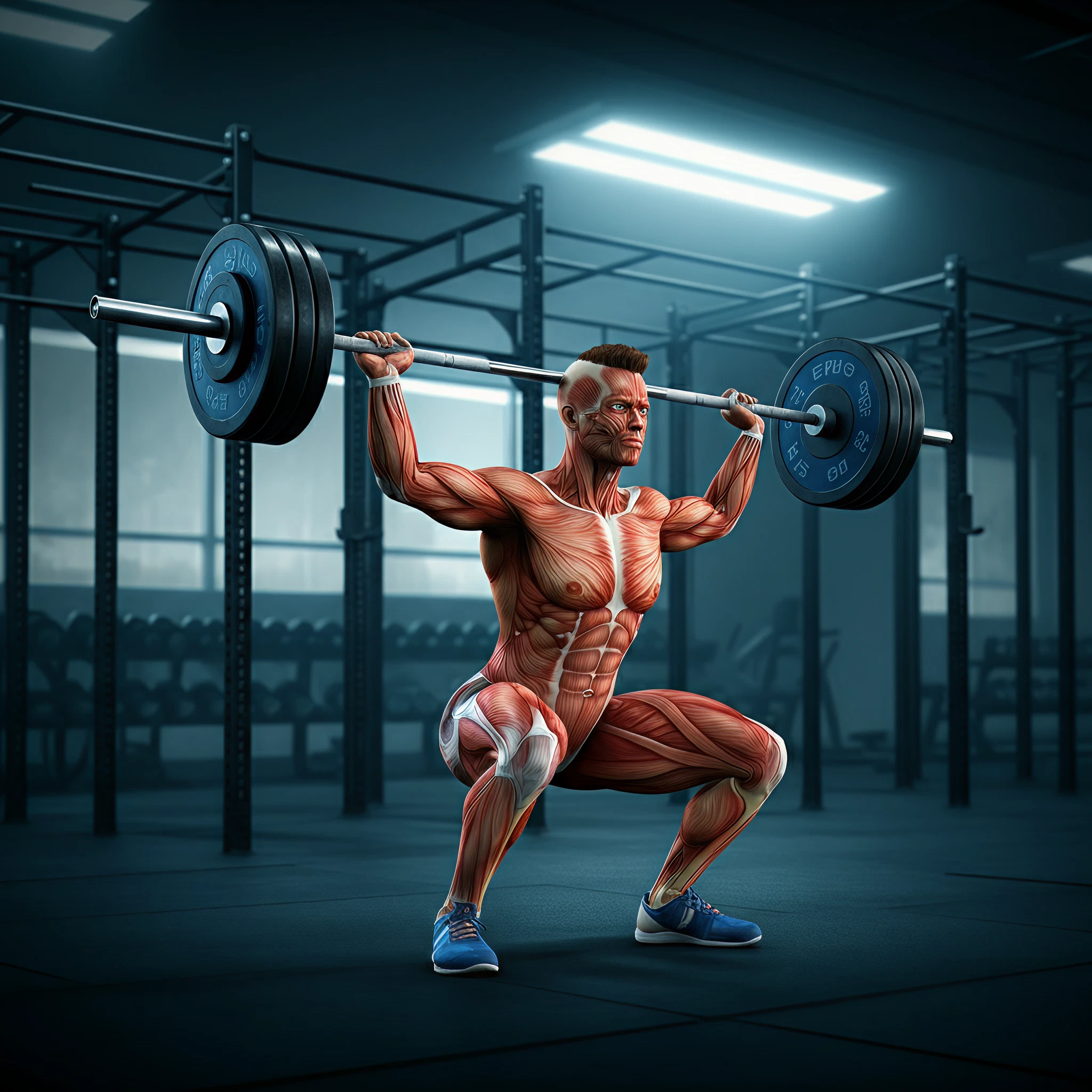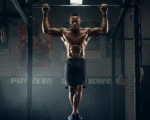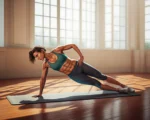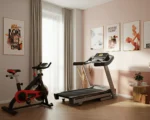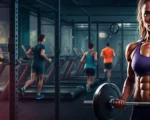The overhead squat is considered a gold standard in functional fitness and weightlifting. It not only tests your strength but also challenges your balance, mobility, stability, and coordination. Whether you’re a beginner exploring foundational movements or an advanced athlete optimizing your performance, understanding what overhead squats work can help you better integrate this powerful exercise into your fitness routine.
Below, we’ll break down the mechanics, targeted muscles, and overall benefits of the overhead squat, as well as provide tips for all fitness levels.
What Is an Overhead Squat?
The overhead squat involves holding a weighted barbell (or another weight source) overhead while performing a squat. Unlike traditional squats, the barbell remains held above your head throughout the entire movement, making this an unparalleled whole-body workout.
The essence of the overhead squat lies in its demand for upper-body stability, lower-body strength, and core engagement, all while requiring mobility in the shoulders, hips, and ankles. Because of its difficulty, the overhead squat is often used to measure an athlete’s overall functional mobility and strength.
What Muscles Do Overhead Squats Work?
When done properly, the overhead squat is a full-body movement that works several major muscle groups. Here’s a breakdown of the key areas targeted:
1. Shoulders and Upper Back
Holding the barbell overhead requires constant engagement of the shoulders, traps, and upper back muscles to keep the weight stable.
- Primary muscles: Deltoids, trapezius
- Benefits: Builds isometric strength and shoulder stability
2. Core
Your core works overtime to stabilize your torso and prevent you from losing balance as you control the weight overhead.
- Primary muscles: Rectus abdominis, obliques, transverse abdominis, and erector spinae
- Benefits: Improved balance, posture, and injury prevention
3. Quadriceps and Hamstrings
Like traditional squats, the overhead squat engages the lower body, especially the quadriceps and hamstrings, as you lower and push back up from the movement.
- Primary muscles: Quadriceps, hamstrings
- Benefits: Builds explosive leg power and improves functional strength
4. Glutes
The glutes play a critical role in propelling you back up from the squat position while also keeping you stable.
- Primary muscles: Gluteus maximus, gluteus medius
- Benefits: Enhances hip power and overall lower-body stability
5. Lower Back and Spinal Stabilizers
The overhead position requires robust engagement of your spinal stabilizers to ensure your posture remains upright and your lower back is protected.
- Primary muscles: Erector spinae
- Benefits: Builds resilience and prevents lower-back injuries
6. Ankles and Feet
Overhead squats place a significant load on your ankles to maintain balance and execute proper squat depth. Having enough ankle mobility is crucial for this exercise.
- Primary muscles: Tibialis anterior, gastrocnemius, soleus
- Benefits: Improved balance and lower-body mobility
Key Benefits of Overhead Squats
1. Improved Mobility
Overhead squats push the boundaries of your flexibility, particularly in the shoulders, hips, and ankles. Regular practice improves joint range of motion and reduces stiffness.
2. Functional Strength
The overhead squat reflects real-life movements, such as lifting objects overhead or maintaining balance during physical tasks, making it an excellent addition to functional fitness routines.
3. Total-Body Engagement
Few exercises rival the overhead squat in full-body activation. It trains multiple muscles simultaneously, maximizing workout efficiency.
4. Enhanced Core Stability
By requiring you to stabilize your torso with weight overhead, the overhead squat strengthens your core like no other.
5. Performance Enhancement for Athletes
Whether you’re into weightlifting, CrossFit, or sports, mastering the overhead squat has crossover benefits for other lifts and athletic movements.
How to Perform an Overhead Squat (Beginner-Friendly Steps)
If you’re new to overhead squats, start light to refine your technique. Here’s a quick step-by-step guide for beginners and intermediates alike.
1. Set Your Stance
- Stand with your feet shoulder-width apart, toes slightly angled outward.
- Grip the barbell with hands wider than shoulder-width (snatch grip).
2. Get into Position
- Press the barbell overhead until your arms are fully extended and your shoulders are stable.
- Ensure your elbows are locked and your wrists are neutral.
3. Engage Your Core
- Keep your core tight, chest lifted, and back straight.
- Make sure the bar stays aligned with the midline of your body.
4. Lower into a Squat
- Push your hips back and lower yourself into a squat.
- Keep your knees tracking over your toes, and don’t allow your heels to rise.
5. Bottom Position
- Stop when your thighs are parallel to the ground or lower, depending on your mobility.
6. Stand Back Up
- Push through your heels to return to the standing position, keeping your core and shoulders engaged the entire time.
Tips for Beginners
- Start Light: Use just a PVC pipe or an empty barbell to focus on mobility and technique.
- Work on Mobility: Incorporate stretches and exercises like shoulder dislocates, ankle mobility drills, and hip openers.
- Seek Coaching: A qualified trainer can help refine your form to prevent injuries.
Advanced Variations for Experienced Lifters
- Snatch-Grip Overhead Squat: Incorporates elements of Olympic weightlifting for extra depth and precision.
- Tempo Overhead Squat: Slow down the descent to increase time under tension and build strength.
- Single-Arm Overhead Squat: Perform the movement with a dumbbell or kettlebell for unilateral strength.
Final Thoughts
The overhead squat is much more than a lower-body exercise. It is a benchmark of strength, mobility, and balance, making it a must-have in any well-rounded training program. Whether you’re just getting started or refining your advanced techniques, the benefits of this challenging yet rewarding exercise are undeniable.
Start incorporating overhead squats into your routine and discover how they can elevate your strength, stability, and overall fitness. Want to take your fitness regimen to the next level? Explore expertly crafted workout guides and drills on Healthline.
